Criteria for evaluation of FDI efficiency in Vietnam issued
These criteria assess the impact of foreign investment on economic development, considering factors such as capital, growth, operational performance, technology, tax contributions, spillover effects, and links to domestic enterprises.
A set of 42 criteria for the evaluation of foreign direct investment (FDI) efficiency in Vietnam has been released following Decision 315/QD-TTg freshly issued by Prime Minister Pham Minh Chinh, which are divided into 29 economic, eight social, and five environmental indicators.
 |
|
More than 4.33 billion USD in foreign investment was registered in Vietnam in January 2025, an increase of 48.6% compared to the same period last year. |
These criteria assess the impact of foreign investment on economic development, considering factors such as capital, growth, operational performance, technology, tax contributions, spillover effects, and links to domestic enterprises.
The 29 economic metrics are divided into six categories, including scale and contribution to socio-economic development (8 indicators), operational efficiency of foreign-invested enterprises (10 indicators), State budget payment from the foreign investment sector (3 indicators), spillover effects of foreign investment (2 indicators), technological advancement in the foreign investment sector (2 indicators), and contribution to Vietnam’s innovation capacity (4 indicators).
Meanwhile, the eight social indicators evaluate the social impact of foreign investment, focusing on job creation, worker income, gender equality, and legal compliance.
They are split into three groups - job creation and worker income (6 indicators), gender equality (1 indicator), and legal compliance in the foreign investment sector (1 indicator).
At the same time, the five environmental indicators assess the environmental impact of foreign investment projects, along with the sustainability measures adopted by businesses.
They comprise the proportion of foreign-invested enterprises implementing energy-saving measures, the proportion of foreign-invested production, business, and service facilities certified for environmental management according to national ISO 14001 standards or international ISO 14001 standards, the growth rate of facilities certified for environmental management under the ISO 14001 or ISO 14001 standards, the proportion of foreign-invested enterprises in compliance with environmental protection laws, and the share of greenhouse gas emissions from foreign-invested enterprises in total emissions from facilities required to report on greenhouse gas inventories.
 Bắc giang
Bắc giang
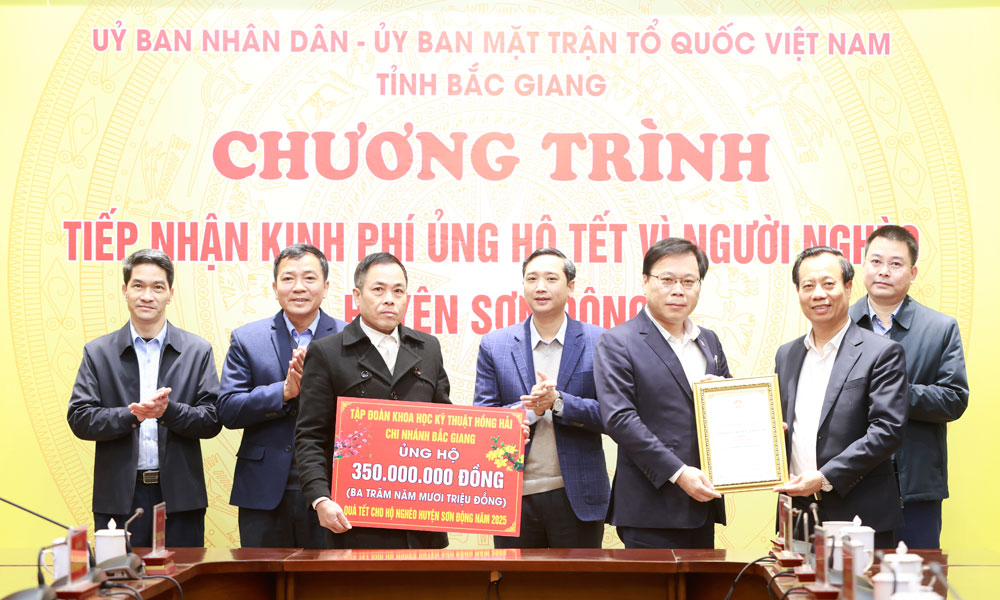
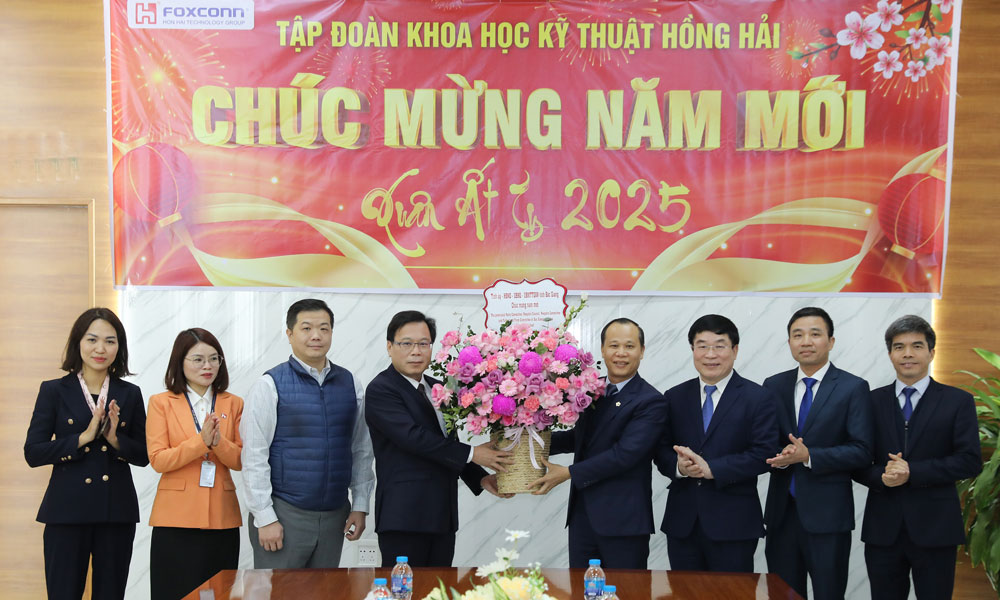

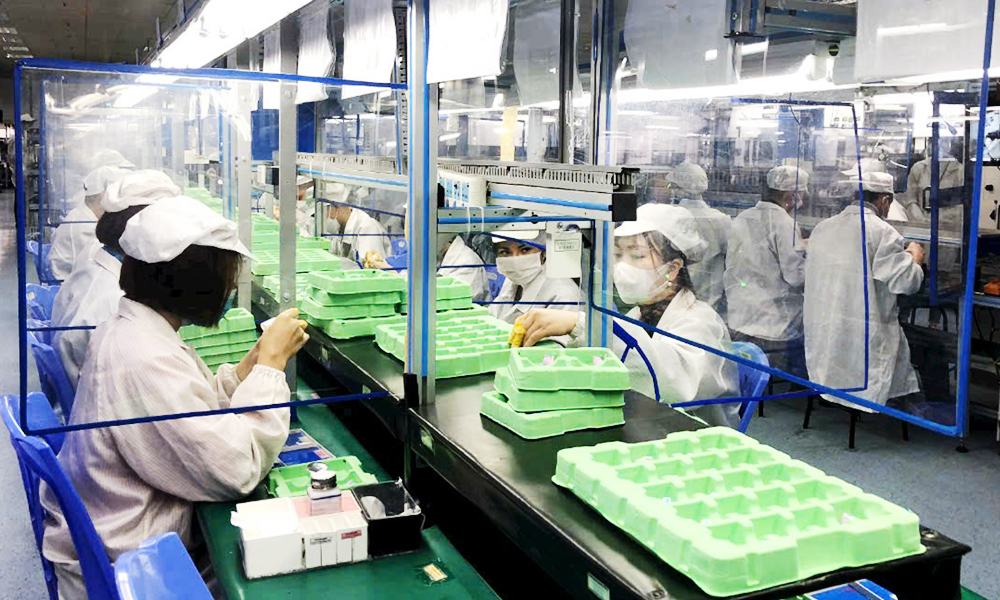

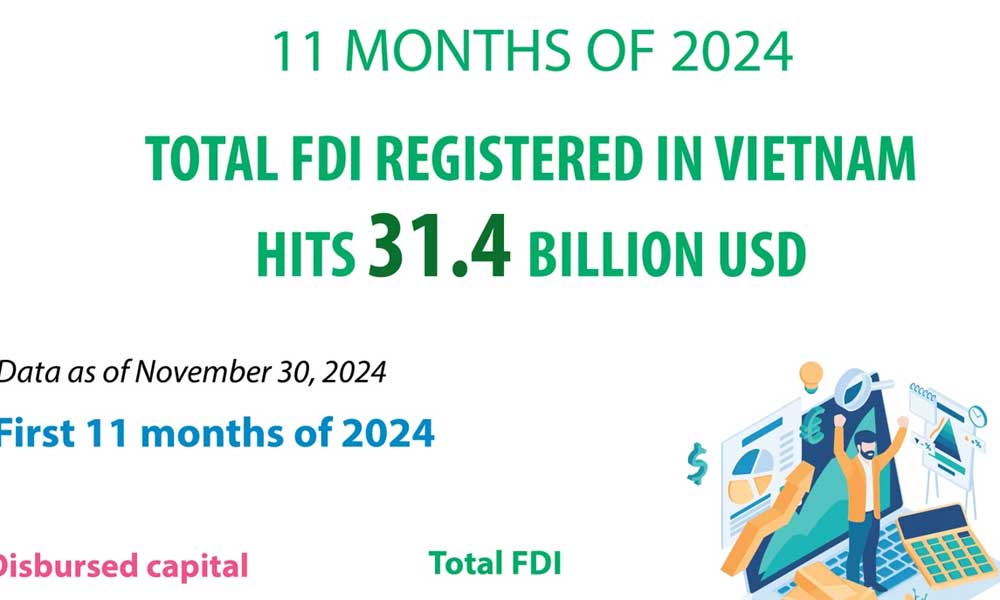
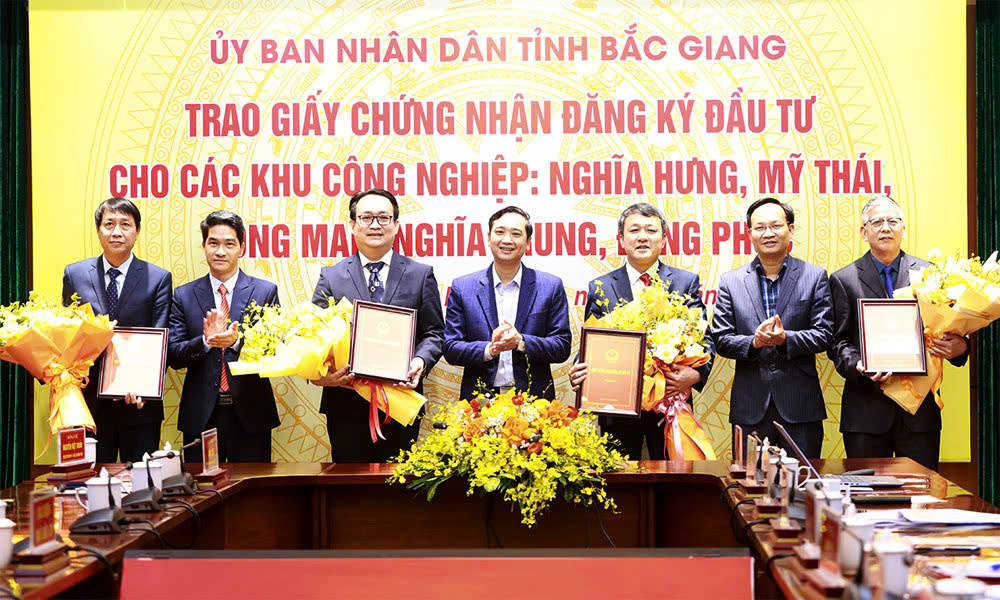
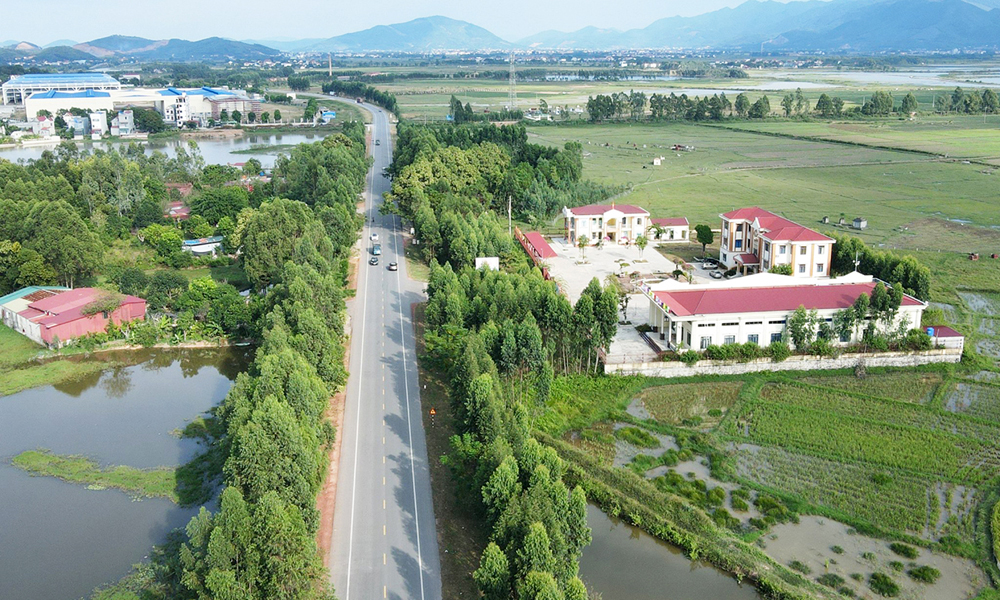






Reader's comments (0)